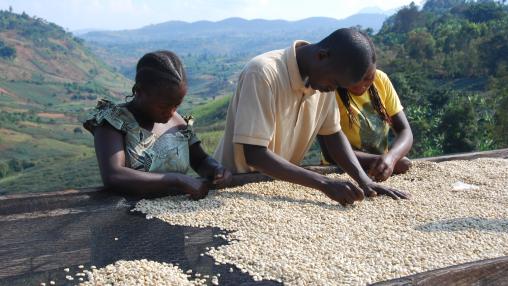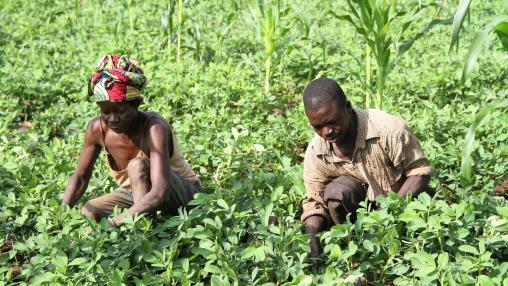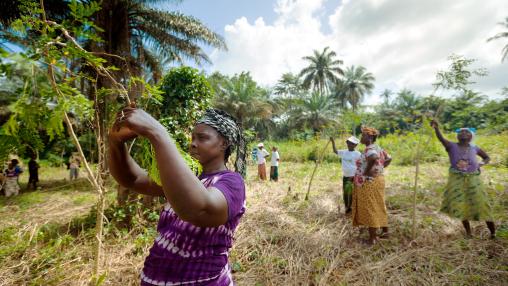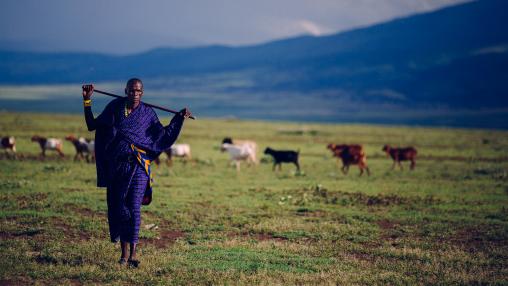Tanzania: Acute Food Insecurity Situation February - May 2025 and June - October 2025
Food security is expected to improve between June and October 2025, with 242,000 people projected in Crisis (IPC Phase 3) and nearly 1 million in Stressed (IPC Phase 2), supported by favourable rainfall and upcoming harvests. However, persistent risks such as dry spells, floods, high food prices, and crop and livestock diseases could reverse these gains.
Food Price Shocks Tool
The Food Security Portal's Price Shocks Tool provides an interactive way to explore the impact of price changes on poverty. When you set hypothetical price shock(s) using the tool, net impacts of selected price changes are generated per household and the impact on poverty is automatically calculated accordingly.
Domestic Food Price Monitor
The Food Price Monitor provides daily updates of prices in wholesale and retail markets for a wide range of food products. Alerts refer to price changes from the start of social distancing measures taken because of COVID-19 and are based on a pre-COVID-19 reference price.

Food Insecurity in East Africa
East Africa facing acute food insecurity as drought continues, alerts FEWS and FAO

Gender, Assets, and Agricultural Development: Lessons from Eight Projects
Ownership and control of assets have become increasingly recognized for their role in reducing poverty and improving individuals’ and households’ long-term well-being. In addition, research has shown that women’s ownership and control of assets can have important development outcomes both for women themselves and for their families.

Gender and Assets: Closing the Gap
Use, control, and ownership of productive assets – land, money, livestock, and education, to name just a few – are essential stepping stones on the path out of poverty. But this pathway can look very different depending on whether you are a man or a woman. Growing evidence suggests that women typically have fewer assets than men, and that they use those assets differently. What’s more, agricultural development programs may impact men’s and women’s assets in different, sometimes unexpected, ways.

Survey Finds East African Farmers Are Adopting New Climate-Mitigation Practices
One of the biggest challenges faced by smallholder farmers today is climate change, and the increasingly variable weather patterns that result from it. While farmers in some tropical regions may benefit from rising temperatures, the majority of the world's smallholders will face increased hardship as a result of warmer weather and uncertain rainfall. Future food security, particularly for developing countries, will depend on how populations react to and cope with the challenges presented by climate change.